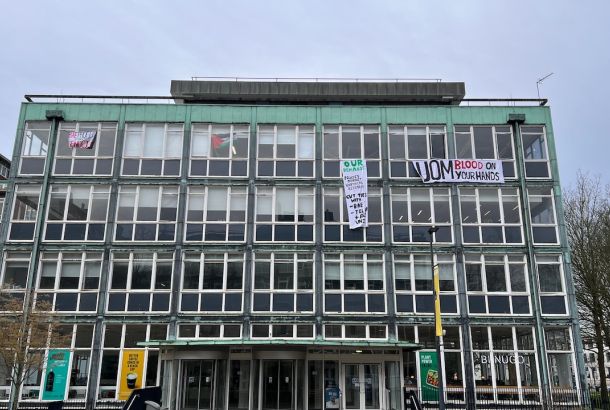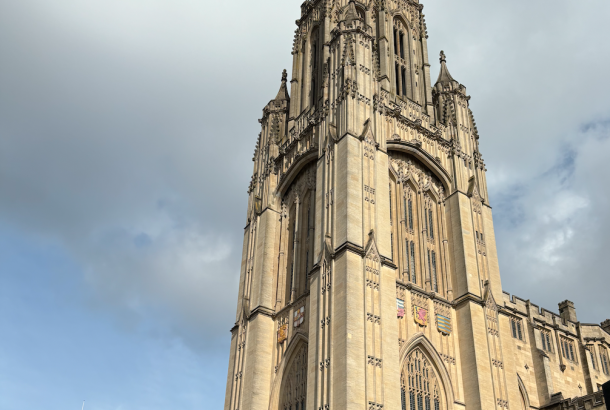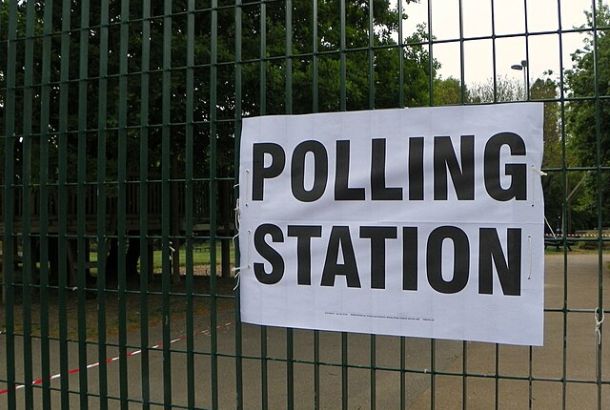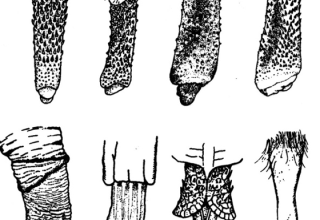DNA sequencing: a bias against some
By wasimaskar
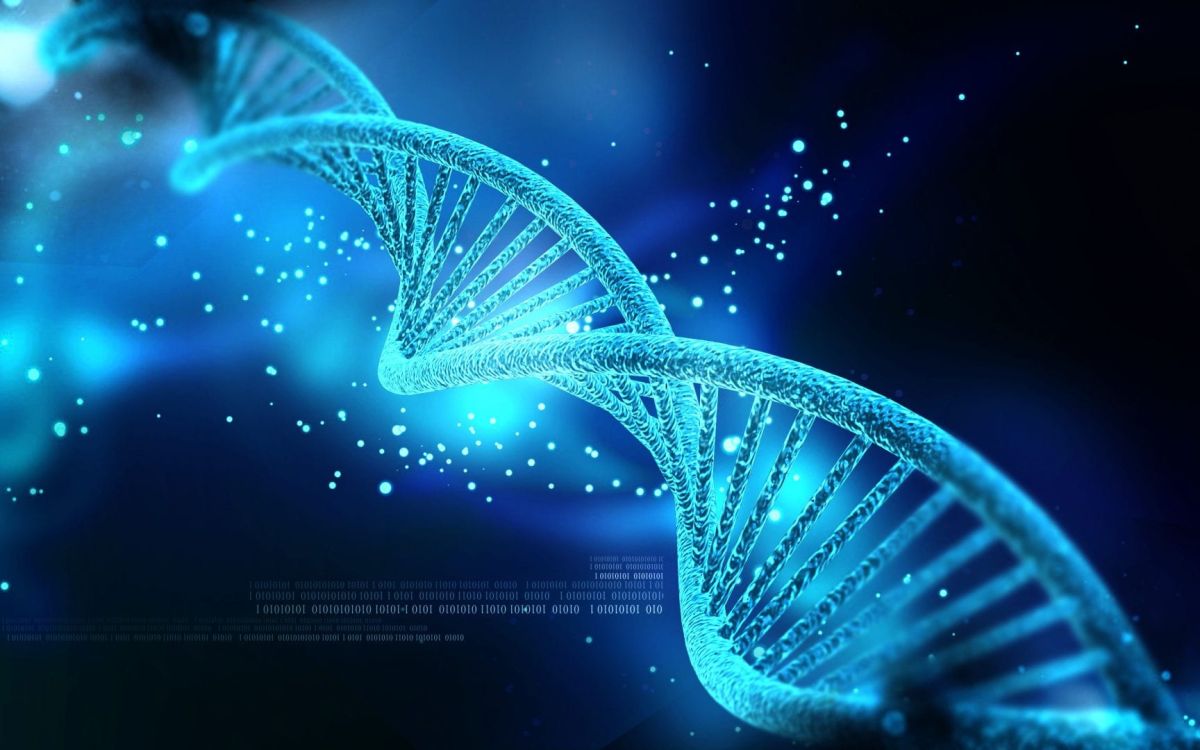
DNA sequencing has become an increasingly-used technique in the modern world. It can be used to decode human diseases as well as study our genetic history in exquisite detail. It has led to numerous advancements in healthcare and forensic science, and plays an indispensable role in contemporary life sciences.
DNA sequencing is the process of determining the sequence of nucleotides (A, T, G, C) in a sample of DNA. Since its foundations in the 1970s, complex and sophisticated mechanisms like Sanger sequencing and next-generation sequencing have made it cheaper and easier to map entire genomes.
In recent years, DNA sequencing has been implemented in border security. The Home Secretary, Sajid Javid has admitted to Parliament about the compulsion of immigrants entering the UK into DNA tests in order to prove their identities. 83 applications were rejected, seven of which were refused on “suitability grounds” because they had not subjected themselves to mandatory genetic testing.
Canada, France, and Norway have also adopted these techniques at times. DNA tests have also been used by border forces under the Trump administration to reunite migrant families that they forcibly separated. In some countries, DNA testing forms a key prerequisite to gaining citizenship.
Though DNA testing has been a large part of policing, it has led to an over-representation of young black men in many DNA databases. This means that efficacy in detection and investigation is vastly different across socio-economic and ethnic lines. If a close relative of yours commits a crime and logged into a database, you are more likely easily identifiable in any future police investigations.
In Sweden, France, and the Netherlands, authorities have used “family trees” and registration lists of all the members of the Romani community, a minority in these states. Such practices have been used by hostile states who support anti-minority policies. DNA sequencing can also be misused if there is a failure of the sequencing reaction. For example, mixed signals in the trace, short read lengths by the mechanism, and poor quality of generated data.
A completely different application of DNA testing are private genetic tests. Current medical genetic databases, research projects, and institutions are biased towards white populations, making DIY-type ancestry kits very popular in Europe and North America. The leading provider of private genetic testing, 23andMe, recently reached five million users and signed a drug development with GlaxoSmithKline, one of the leading pharmaceutical companies in the country.
In the effort towards transforming healthcare, DNA sequencing could cause further inequalities and be more biased towards white Western populations. Large populations of the globe are poorly represented on the DNA databases in medical contexts. The cost of testing, and the lack of drive among many companies to promote it, makes it highly socioeconomically, geographically and ethnically imbalanced.
There are advantages and disadvantages of DNA sequencing and it is quite essential in many aspects of modern life. However, if there could be more study into creating equality in DNA sequencing it would become useful to all of humanity instead of specific populations.
